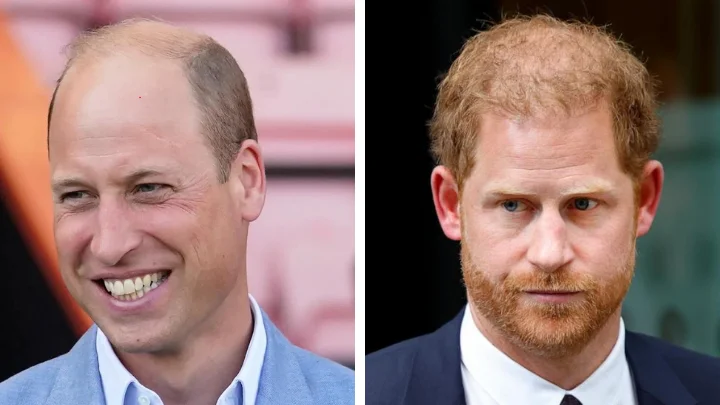Articles
Prince Harry vs. Prince William Hair Transplant

Prince Harry’s Hair Transplant Journey
Prince Harry underwent a hair transplant surgery to address his thinning hair, a common concern among men worldwide. Following his service in the British Army, Prince Harry noticed significant hair loss, prompting him to explore hair restoration options. His decision to undergo a hair transplant was influenced by both personal preference and societal expectations.
Prince William’s Approach to Hair Loss
Unlike Prince Harry, Prince William has not undergone a hair transplant surgery. Despite experiencing hair loss early in his adulthood, Prince William has chosen not to pursue surgical intervention to address his thinning hair.
Factors Influencing Their Decisions
Genetics
Both princes inherited a predisposition to hair loss from their father, Prince Charles. Genetic factors play a significant role in determining the effectiveness and longevity of hair transplant procedures.
Lifestyle
The rigorous demands of royal life, including public appearances and media scrutiny, may have influenced the timing of Prince Harry’s hair transplant procedure. Managing public perception while maintaining privacy is crucial for members of the royal family.
Personal Preferences
While genetic factors contribute to hair loss, personal preferences also play a crucial role in deciding to undergo a hair transplant. Factors such as desired hairline, density, and overall appearance influence the choice of procedure and surgical approach.
Surgical Techniques Used
Follicular Unit Transplantation (FUT)
FUT involves harvesting a strip of skin from the donor area, typically the back of the scalp, and dissecting it into individual follicular units for transplantation. This technique is known for its high yield of viable grafts and is suitable for covering large areas of baldness.
Follicular Unit Extraction (FUE)
FUE involves extracting individual follicular units directly from the donor area using a punch-like instrument. This minimally invasive technique results in less scarring and faster recovery times compared to FUT. However, it may be less suitable for extensive hair loss.

Comparing Results
Hairline Restoration
Prince Harry achieved a remarkable improvement in his hairline post-transplant. His surgeon skillfully recreated a natural-looking hairline, enhancing his overall appearance and self-confidence.
Hair Density
While Prince Harry experienced significant improvements in hair density following his procedure, Prince William has opted to embrace his natural hair loss without surgical intervention.
Overall Satisfaction
Despite the different approaches to addressing hair loss, both Prince Harry and Prince William have expressed satisfaction with their choices. Their confidence and self-assurance remain unaffected by their hair loss experiences.
FAQs
How long does it take to see results after a hair transplant?
Results vary, but noticeable improvements in hair density and appearance are typically visible within 6 to 12 months post-surgery.
Are hair transplants permanent?
Hair transplants use permanent hair follicles from the donor area, making the transplanted hair resistant to further hair loss.
Do hair transplants leave scars?
Modern hair transplant techniques, such as FUE, minimize scarring, making them virtually undetectable with proper post-operative care.
What is the cost of a hair transplant procedure?
The cost of a hair transplant varies depending on factors such as the extent of hair loss, the technique used, and the surgeon’s expertise. On average, prices range from $4,000 to $15,000.
Can anyone undergo a hair transplant?
While most individuals with sufficient donor hair can undergo a hair transplant, a thorough consultation with a qualified surgeon is necessary to assess candidacy and expectations.
What are the potential risks associated with hair transplant surgery?
Although rare, potential risks include infection, bleeding, scarring, and an unnatural appearance if not performed by a skilled surgeon.

